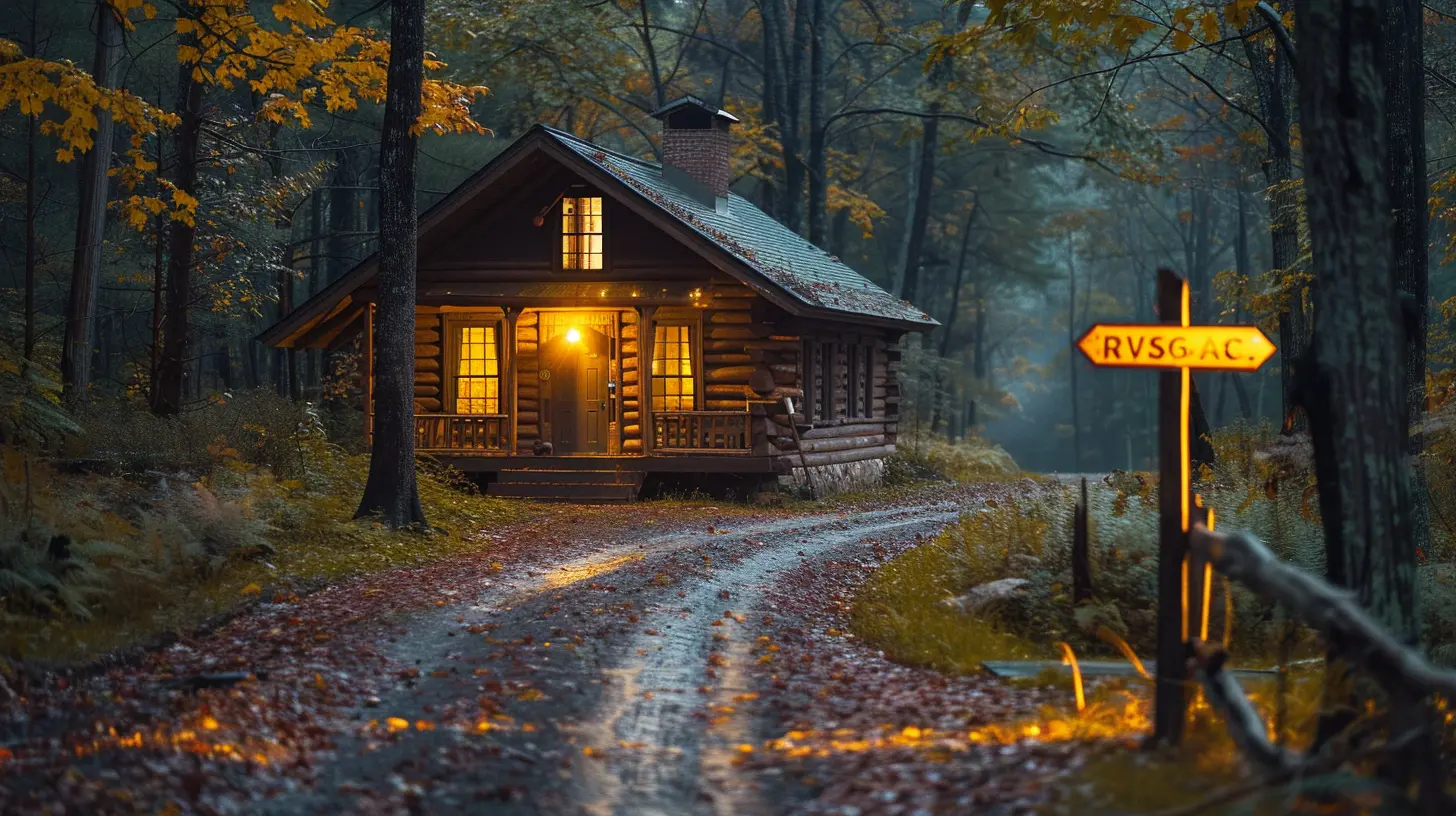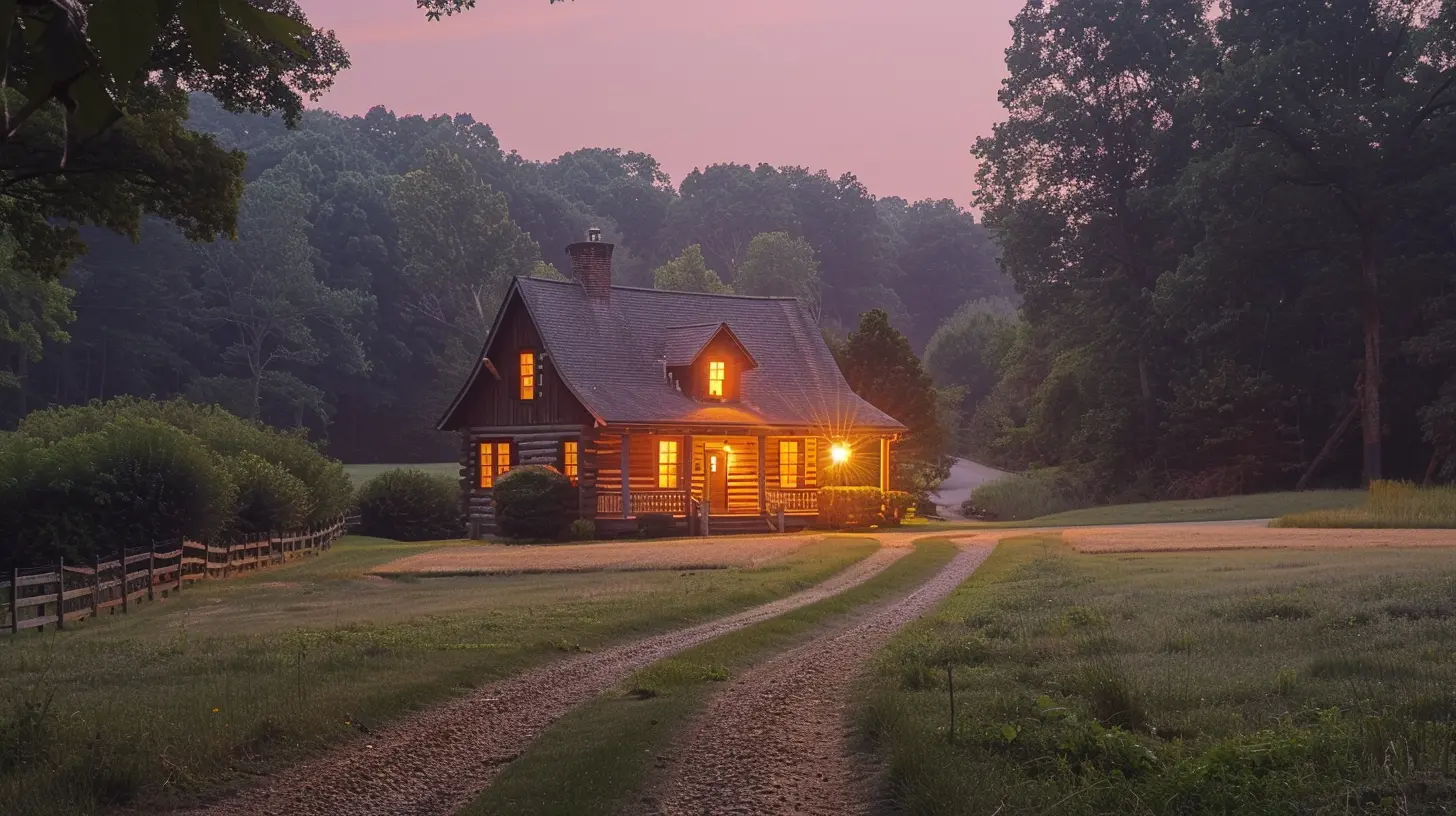Country Roads and Quiet Nights: Making Rural Living a Reality
21 July 2025
Have you ever dreamed of waking up to birds chirping instead of blaring car horns? Or stepping outside to fresh country air instead of traffic fumes? If so, you're not alone. More and more people are trading city lights for starry nights, embracing the peaceful charm of rural living.
But is it all sunsets and serenity, or does country life come with challenges? Let’s dive into what it really takes to make rural living a reality—without the sugarcoating.

Why Rural Living is Gaining Popularity
In recent years, we’ve seen a shift. City dwellers are ditching their cramped apartments and skyrocketing rents for wide-open spaces. But why?- Affordability – Housing tends to be much cheaper in rural areas. Your dream of owning a home with a big backyard? It’s far more attainable outside the city.
- Peace and Quiet – No honking horns, no sirens—just the soothing sounds of nature.
- Self-Sufficiency – Many people want to grow their own food, raise animals, or simply live a more self-reliant lifestyle.
- Work From Anywhere – Remote work is changing everything. Why stay in the city if you don’t have to?
But before you pack your bags for the countryside, let’s talk about what it really takes to transition successfully.

Choosing the Right Location
Not all rural areas are created equal. Some locations have breathtaking landscapes but lack essential services. Others might be more developed but come with higher costs. So, how do you choose?1. Proximity to Essentials
You don’t want to be so far from civilization that a simple grocery run turns into an all-day event. Consider the distance to:- Grocery stores
- Hospitals
- Schools (if you have kids)
- Work opportunities (if remote work isn’t an option)
2. Internet and Cell Service
Think rural areas automatically mean no Wi-Fi? Not necessarily. Some places have excellent options, while others still struggle with connectivity. If you work remotely, double-check this before moving.3. Climate and Weather Conditions
Love the snow? Hate the heat? Rural areas can have extreme weather swings. Make sure you’re prepared for what each season brings.4. Property Size and Maintenance
A huge property sounds great—until you realize you have to mow acres of grass or maintain a well and septic system. Think realistically about how much land you can manage.
Adjusting to Rural Life: What to Expect
Once you make the move, you’ll notice a few things right away—both good and challenging.1. A Slower Pace of Life
If you’re used to a fast-paced urban environment, rural living might feel too slow at first. Things don’t happen overnight, and you’ll need to adjust to a more laid-back lifestyle.2. Community Ties Matter
In smaller towns, everyone knows everyone. This can be both a blessing and a challenge. Building relationships with neighbors is key, especially when you need a helping hand.3. Fewer Conveniences
Forget 24/7 grocery stores and endless takeout options. Rural areas generally have fewer conveniences, which means planning ahead is essential.4. More Responsibility
Living in the countryside often means taking care of things yourself—like maintaining your well water system, chopping wood for heat, or driving longer distances for basic needs. Are you up for the challenge?
Making It Work: Tips for a Smooth Transition
Want to set yourself up for success? Here are some tips to make your rural dream a reality without the headaches.1. Start Small
If you’ve never lived outside the city, renting a home in a rural area before buying can be a smart move. This lets you test the waters without fully committing.2. Learn Basic Skills
From fixing a fence to maintaining a garden, rural life demands a certain level of DIY know-how. Start learning basic homesteading and maintenance skills before you move.3. Build a Support Network
Get to know your neighbors. In the country, community is everything. Whether it's swapping produce or lending a hand during emergencies, strong relationships go a long way.4. Stock Up Smartly
Grocery stores may not be around the corner, so keeping a well-stocked pantry is a must. Invest in a freezer for bulk purchases and learn to meal prep efficiently.5. Stay Patient
Adjusting takes time. There will be moments of frustration, but don’t let them deter you. Over time, you’ll find yourself embracing the simplicity and beauty of rural life.Is Rural Living Right for You?
At the end of the day, rural living isn’t for everyone. Some thrive in the quiet, while others miss the buzz of urban life. But if you long for open skies, friendly neighbors, and the joys of self-sufficiency, moving to the countryside could be the best decision you ever make.So, is it time for you to trade in the city skyline for rolling green hills? The answer might just be waiting for you on a quiet country road.
all images in this post were generated using AI tools
Category:
Rural PropertiesAuthor:

Vincent Clayton
Discussion
rate this article
1 comments
Jace McEvoy
What a delightful read! Embracing rural living truly offers the perfect blend of tranquility and connection with nature. Excited to explore the joys of country roads and peaceful nights! 🌳✨
August 2, 2025 at 10:33 AM

Vincent Clayton
Thank you! I'm glad you enjoyed it and share the excitement for rural living's beauty! 🌼🚜


